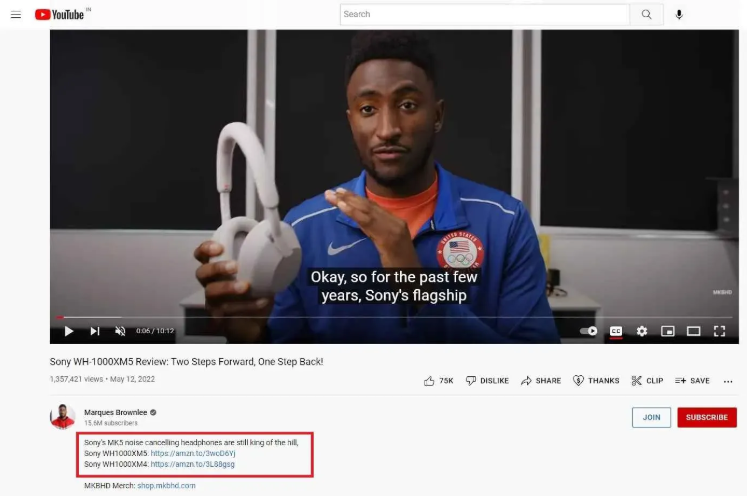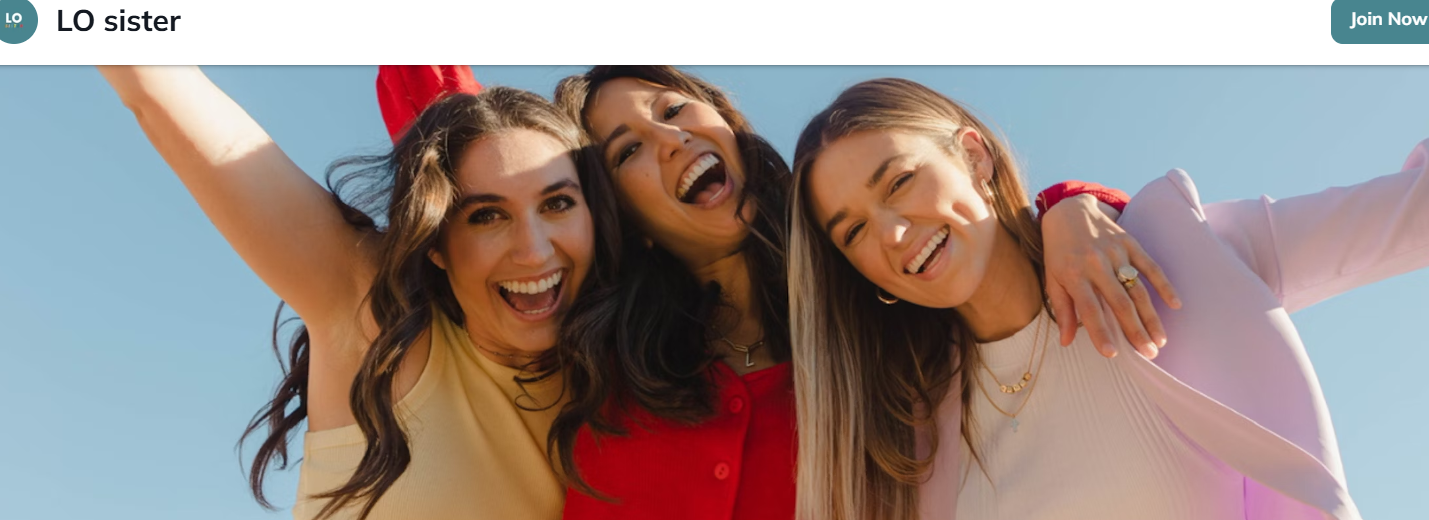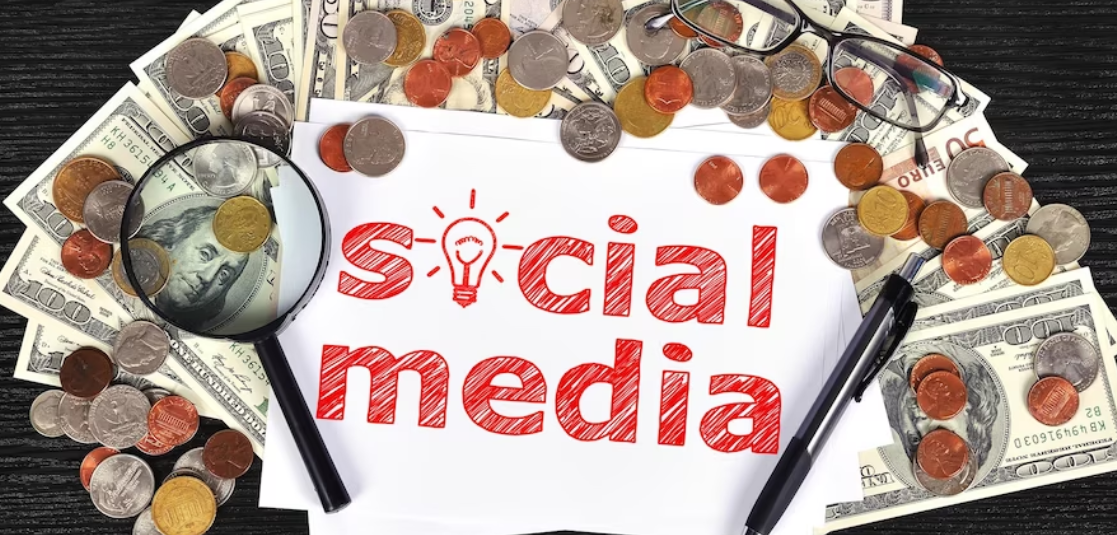It is the dream of every content creator to make sustainable income from their content. Today, numerous social media platforms offer diverse opportunities for brands and creators to make money from the content they share on their channels. The main platforms that support content monetization include YouTube, Facebook, Instagram, Twitter/ X, TikTok, Snapchat, Twitch, Pinterest and Kick.
The following article takes a deep dive into content monetization on social media, exploring the best ways to generate income on various platforms.
What is Content Monetization?
Content monetization refers to the process of making money from digital content that you create. The content could be in the form of texts, videos, podcasts, images and other materials. Today, the largest social media brands rely on their social media users including followers and subscribers to create content, often for free.
Most of the users who create content do it for fun, to boost their personal brands or gain social capital. Nonetheless, content monetization allows you to take back some of the financial gains from their work.
Content monetization was mainly done through third parties in the past. However, the playing field has significantly changed, with some social media companies such as Medium and Quora opening up premium and paid options to allow creators to make some money off their content. YouTube also has in-built monetization that allows creators to make money from ads.
How Content is Monetized on Social Media
The following is a breakdown of how social media content is monetized.
| INCOME STREAM | % OF CREATORS | INCOME STREAM | % OF CREATORS |
| Revenue Share of Advertising | 61% | Merchandise sales | 25% |
| Paid Subscriptions | 38% | Affiliate Links | 24% |
| Tips from Fans | 36% | Community Memberships | 21% |
| Creator Funds | 27% | Online Courses | 15% |
| Brand Sponsorships | 27% | Community Events | 14% |
Who Pays for Content Monetization?
This is a question that brands and creators looking to make money from their content must ask. Well, here are some ideas about who pays for content monetization.
- In some content monetization models, the individual consuming the content pays for it. You are monetizing their interest in the content since many of them want to learn, get entertained or inspired.
- In other models, third parties pay for content monetization. Since you are attracting masses with your content, it is just right for brands to use your audience to pass their messages out there. Brands with products that could be useful for people in your niche are usually interested in curated audiences. For instance, a personal finance educator might find that investing apps would love to work with them.
Types of Social Media Content Monetization
Knowing the types of content monetization is fundamental to choosing the best ways to make money on social media. The following are the key types that you should focus on.
- Advertising
We all know ads are one of the best ways to monetize content. They rely on a pretty simple premise whereby creators bring the eyeballs and, advertisers pay you to attract them. The value of content marketing globally is expected to hit $107 billion by 2026. That means investing in ads could see you get a share of that.
Ad monetization often generates passive income from the views that you receive on your content. Besides, ads give you the freedom to create the content that you want to create vs. affiliates. That needs you to create content that first affiliate sales. However, ads can be distracting in your content. Monetizing ads also requires monster traffic to generate substantial revenue.
Display Ads
These usually appear within content or in pop-ups. They basically interrupt the content that your followers or subscribers came to read, view or watch. For example, an in-line ad in a blog post is something that your readers have to see as they scroll down the page. Display ads are disruptive but, very common that they are rarely deal-breakers for many readers, viewers and listeners.
Native Ads
Unlike display ads, native ads are subtler. Although they usually look like content, they are advertisements. For example, a sponsored Instagram post could appear as a native ad. Content creators or brands create content or share what others have posted as their own then, mark it as #sponsored hashtag.
Native ads or sponsored content account for a significant part of the more than $21 billion influencer marketing market. For example, Instagram had over 3.8 million sponsored posts in 2021.

Sponsored posts are usually very tricky. Ask creators who have tried them and you will find it is hard to let someone else tell you how to create your content.
Video ads
Although ad networks like Mediavine use video ads, YouTube is one of the platforms where you can score big with this type of content. In 2024, YouTube generated more than $28 billion in ad revenue, suggesting lucrative opportunities for content monetization through video ads.
Getting Started with monetizing ads
Depending on the type of ads that you want to monetize, there are multiple ways to make money. Here’s how to get started.
- Apply for ad networks such as Ezoic or Mediavine (mediavine has a requirement of 50,000 page views per month).
- Reach out to sponsors for sponsored native ads. However, they will also start reaching out to you when you get big enough. You can also join influencer networks such as Aspire or CreatorIQ.
- For ads on major social networks like YouTube, you should reach the threshold to be accepted into their content monetization programs. For example, YouTube requires either 1,000 subscribers with 4,000 public watch hours a year or 1,000 subscribers with 10 million public Shorts views in the last 3 months.
2. Subscriptions
Subscriptions are also an excellent way for content monetization on social media. It means that readers or viewers pay to access the content they value. Several renowned companies have made millions in recurring revenue through subscriptions. Check out the following stats;
- Netflix has a subscription business valued at $31 billion a year
- The New York Times monetizes content through its community of 8 million subscribers.

Paywalls & premium content
Paywalls are popular subscriptions models whereby you create a virtual wall to block people from accessing content. That means they have to pay to go through. There are three types of paywalls including soft, hard and metered paywalls.
Soft paywalls allow you to access some content but, you must pay to access premium content. With a hard paywall, users cannot access any content without payment. Metered paywall allows users to access a certain amount of content monthly or annually before payment. Several news platforms will offer you a given amount of reads every month.
Newsletters
Newsletters work almost similarly to paywalls but, they usually work on a different channel. Readers must pay a subscription fee to get your content in their email inbox. Software like ConvertKit can help you to monetize newsletters.
Patronage
Content monetization through patronage works just like subscription. However, most of its models do not do gate keeping for content. Instead, they ask viewers or readers to choose to support them on platforms such as Patreon or Buy Me A Coffee. Although paying a fee is not mandatory on this platform, it offers a way for supporters to support the works of their favorite content creators.
Tips for Monetizing Content with Subscriptions
- Have a unique ideal reader or brand angle that people will be willing to pay for. The content creators that are successful with subscriptions have a unique take or expertise that people are interested in or a unique value to offer their fans.
- Create either a paywall on your content site or sign up for a newsletter platform with subscription features.
Subscriptions enable you to make money from the people who care most about your content. Besides, users can have ad-free, premium experiences once they are through a paywall. However, a fully gated content can also see you miss out on potential viewers and readers who are not willing to pay for the content upfront.
3. Affiliate Marketing
Affiliate marketing is a popular content monetization option for bloggers and writers. Affiliates insert links in their content for to earn commissions when readers or viewers click on the links and purchase a product. However, more influencers also use affiliate links as direct ways to monetize their fans and viewers.
Podcasts also do affiliate marketing. Broadcasters usually tell their listeners to visit a special link to sign up for one of their sponsors. There are higher chances they get paid on affiliate models, whenever someone signs up.

Affiliate marketing can be a great strategy if you have a niche that makes sense for the model and, have the ability to scale your viewers or readers.
Monetizing content with affiliate marketing
- Make sure that your niche is ripe for affiliate marketing. Trying to convince your readers to sign up for affiliate links is a waste of time if they are not interested in your content. For instance, sites that review software can be an ideal fit for affiliate marketing.
- Sign up for individual programs or affiliate networks that resonate with your brand. Some of the most common affiliates to consider include Rakuten, Amazon Associates and Impact Radius.
Affiliate marketing allows you to earn money from sharing the products that you actually care about. Most products often have good affiliate margins. However, you should also be careful not to end up creating content for your affiliate instead of your audience. Besides, you need large numbers to make substantial money from affiliate marketing.
4. Community
You can also monetize content on social media through memberships such as communities. It is an incredible strategy since you can host conversations and bring members together around the topics and content that they care about.
Unlike subscription platforms, communities are not one directional. Instead, they thrive on engagement and conversations. Communities work better when the members come together to discuss or share about things they care about.
You can sell access to communities with membership models, requiring paid access to the community. However, you can also monetize content with courses, paid events and others. A good example is Sadie Robertson Huff, a New York best-selling author, TV star, public speaker and one of the most influential voices for young Christian women in the world. Besides her more than 4.6 million Instagram followers, she also launched a membership app, LO sister to create a dedicated space for her fans to find belonging.

The Bottom Line
The above strategies provide practical ways for content monetization on social media. However, monetizing content effectively also requires content creators and brands to find ideal members, create quality content, be consistent and identify an ideal growth plan. In case you need more insights on how to make money on social media, do not hesitate to engage Superior Social Boost. We help brands to drive visibility and growth on Instagram, TikTok, Facebook, Twitter/ X, YouTube and Google Business.

